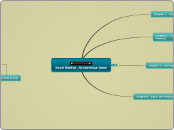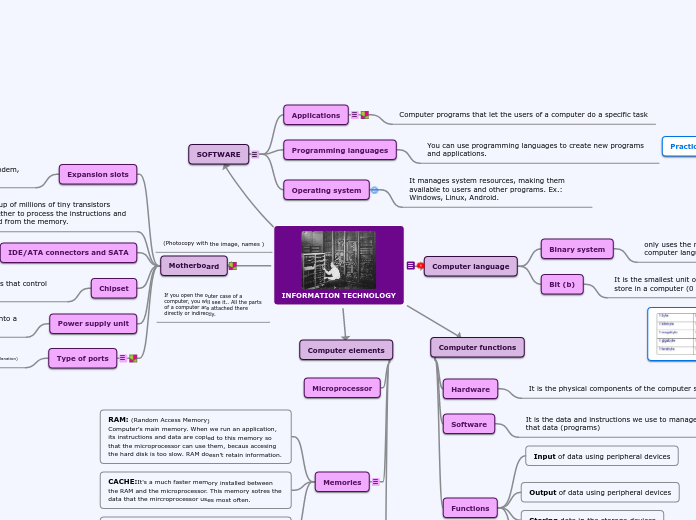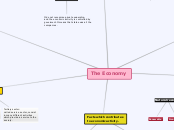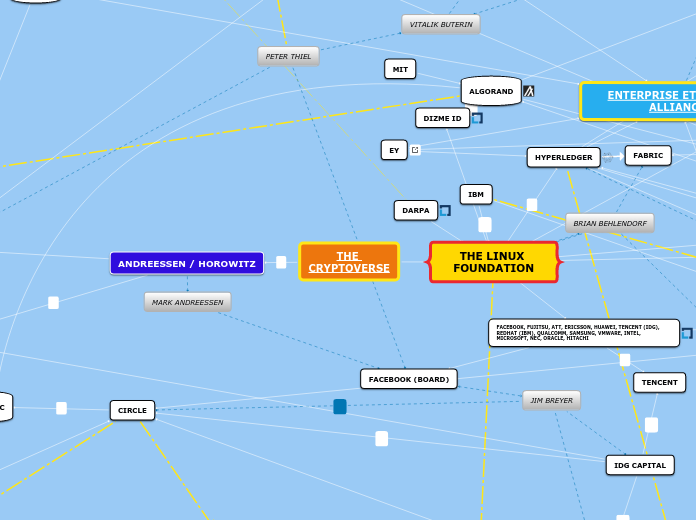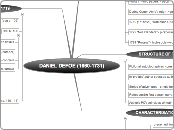The World Is Flat
Flatteners
Comments on flattners 4,5,6
Saud Bashar_Knowledge Base
lots of good work here. But, this ch. 2 needs to be linked to your main topic, 'Saud's CSC 101 Knowledge Base'.
Chapter4- Input and Output
Chapter 3 - Storage
Sequential and random access
Digital data representation
binary cosdes or the machine language is used
revise to what we learned and introduction to the new chapter
Chapter2 - System Unit- Processing and Memory
Overview- intro to the system unit
Data and program representation
Further explanation from wikipedia
video data- frames per second
Audio Data- Represented by sound samples
Graphic Data-Bits represent all images data
Coding systems for text-Based Data- ASCII,EBCDIC, and UNicode
Representing numerical data-binary numbering system
Digital data representation-0s and 1s
Inside The System Unit- the main case for computer
Ports and Connectors
eSATA
Audio ports
Game ports
Flash memory
IrDA
MIDI
SCSI ports
Keyboard & Mouse ports
Fire Wire
Usb ports
Modem ports
Network ports
Monitor Ports
Buses
Fire Wire- developed by apple
USB Bus
PCI and PCI express
Frontside Bus
Memory bus- architecture bus and recent
Expansion Slots, Expansion Cards, and express card modules- usd to improve the computer ability
Fans, Heat skins, and other cooling components
Heat damages computers- these are devices created to reduce the damage of the compuert
Memory
Flash Memory
Read Only Memory- Storage all data and computer content
Registers- High speed memory containsintermediate processed data
Random Access Memory
Electronic chips that contain all the processed information in the computer
The CPU- The brain of the computer
Bus width, speed and bandwidth
Cache Memory-Fast memory circuits
Word Size
Processing speed- the measurement of the CPU performance
The Power Supply and Drive Bays- it has batteries in the portable computers
The Motherboard-I has all the internal and extrernal connections
How The CPU Works
the key element is the processor
The System Clock and the Machine Cycle
Subtopic
Typical CPU Components
Bus Interface Unit
Registers & internal cache Memory
Decode Unit
Prefetch Unit
Control Unit
ALU & FPU
Chapter 1 - Introduction to Computers
Computers and society- computer and technology affects the society
Info. integrity
Anonymity factor
Differences in online comunication
Risks
ther are many risk of computers
Privacy issues
Security issues
Benefits
the ability to virtually design,built and test new buildings
technological advances in medicine
Computer Networks and the internet
a computer network is collection of computers and other devices that are connected together to enable users to share hardware, software.
Searching the web
Surfing the web
Using favorites and history list
Using URLs and Hyperlinks
Accessing a network or the internet
pronouncing Internet addresses
E-mail addresses
URLs
domains
what are the internet and the world wide web
Internet : the largest and most well-known computer network in the world.
World wide web: web pages that wre available on the internet
Computers to fit every need
embedded computers
mobile devices
personal computers
midrange servers
mainframe computers
supercomputers
supercomputers
mainframe computers
midrange servers
personal computers
mobile devices
embedded computers
WHAT IS A COMPUTER ANS WHAT DOES IT DO
It can be defined as a programmable electrical device that does calculation
Computers do processes including input, processing, output, storage.
Computer users and professionals
Software- programs and instructions used to tell the computer hardware to do the objectives
Application software
System software
Hardware
Storage- they are used to save data
Output- accepts processed data and present the result
Processing devices- processing data
Input-used to put data into the computer
Computers then and now
It's often refered by generations
Fifth generation computers
now and the future.
They have no specific classification for them
Fourth generation computers
from 1971-present
the invention of microprocessor
apple macintosh
Third Generation computers
1964-1970
the replacement of transistors with ICs
Second generation computers
First generation computers
Precomputers and Early computers
Data Vs. Information
Data is raw facts while information is processed data by the computer
computers in your life
Computers became an essential part of our lives.
Computers on the go
computer is now used in every industry. It's embedded in many devices such as your car or your washing machine.
Computers in education
they are used in schools and universities
some universities give their students a mobile phone (M.Learning)
Computers in the home
embedded computers. Smart houses. smart TVs that allow you to check your e-mail while watching the show. wifi connections are used
Why learn about computers
the use of computers is increasing day by day.
pervasive computing
only scientists and researchers used to work with computers
Overview
It'sa short introduction of the chapter.
We use technoogy in every aspect of our life.
